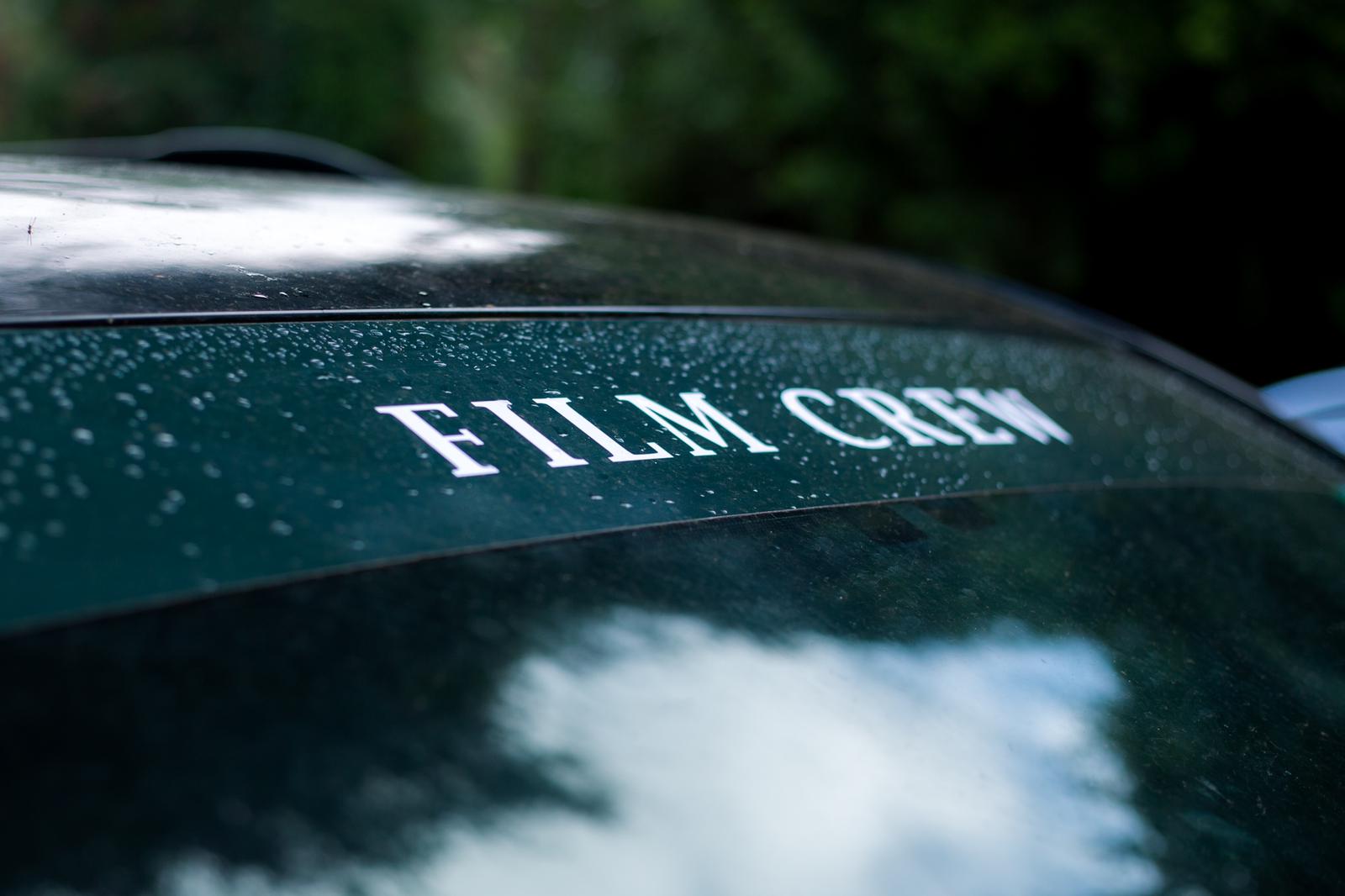If you are planning on making a video, then there’s plenty of preparation to be done. As well as giving plenty of time to your preproduction processes, such as the script and storyboard, you will need to ensure you are fully equipped when it comes to the shoot to be able to turn your vision into reality. We’ve put together a video equipment checklist so that you can be sure you’re going into your shoot fully prepared to make a professional-looking video.
1. A good camera
Unsurprisingly, the first item on our video equipment checklist is a good camera. After all, you can’t shoot your video without one. It’s also worth saying that unless you’re doing a small scale, behind-the-scenes brand video, your phone won’t cut it, and it’s worth investing in high-quality recording equipment.
2. Different lenses
In addition to the standard lens that comes with your camera, you can really up the visuals of your video by investing in lenses for different shots. Some lenses you might want to consider are a 28mm prime lens for wide angles, a 50mm prime for close shots and some form of zoom lens for versatility. Remember that you can rent lenses for video projects if you don’t want to pay full price.
3. A shotgun microphone
As well as a way to shoot your footage, you need a way to effectively record your audio, which is why the next item on our video equipment checklist is a shotgun microphone. Good sound quality really can make the difference between an amateur and a professional production. A shotgun mic is a versatile piece of equipment because it can be used on top of the camera or on a boom pole.
4. An audio recorder
You may want to record your audio separately to the inbuilt audio recording abilities of your camera, which you can then sync up in postproduction. Using an audio recorder will give you a better quality of sound and more autonomy for whoever is doing the sound recording as they can carry the mic and the recorder, finding the best spot to record the audio without needing to be connected to the camera.
5. Tripod
A tripod is a staple piece of video production equipment because it gives you stability for your static shots, as well as smoother pans and tilts. No matter how steady you think your hands are, you won’t be able to achieve the same level of stability by trying to go handheld.
6. Lighting
Good lighting is often overlooked by amateur filmmakers in favour of organic location lighting. However, like having good sound, good lighting separates the professionals from the amateurs. A good lighting setup, even just a couple of good lights and some reflectors can help fill in shadows and highlight the parts of the shot that you want to draw attention to.
7. Dolly and/or shoulder mount
While well-framed static shots are great, you can’t make a video on static shots alone – you need some camera movement. Having a dolly and a track allows you to perform smooth tracking shots, while using a shoulder mount will give you some much-needed stability for traditionally hand-held action shots while allowing you to move freely.
8. Editing software
The final item in our video equipment checklist is high-quality editing software. Postproduction is where your film comes together, not just by cutting together your shots but also by adding transitions, syncing up sound, adding music, adding graphic overlays and through colour correction and colour grading.
That concludes our video production equipment checklist, but there is an alternative to investing in all the above equipment – hire a professional videographer. Professional videographers will already have all this equipment and more, as well as the knowledge and experience to make a professional-looking video within a schedule and a budget.
A professional videographer will be able to help you with the entire production process from pre- to post-production, and in many cases will be the more affordable option, while also resulting in a better final product. If you are looking for videography or editing services, please get in touch, we’ll be happy to help.
